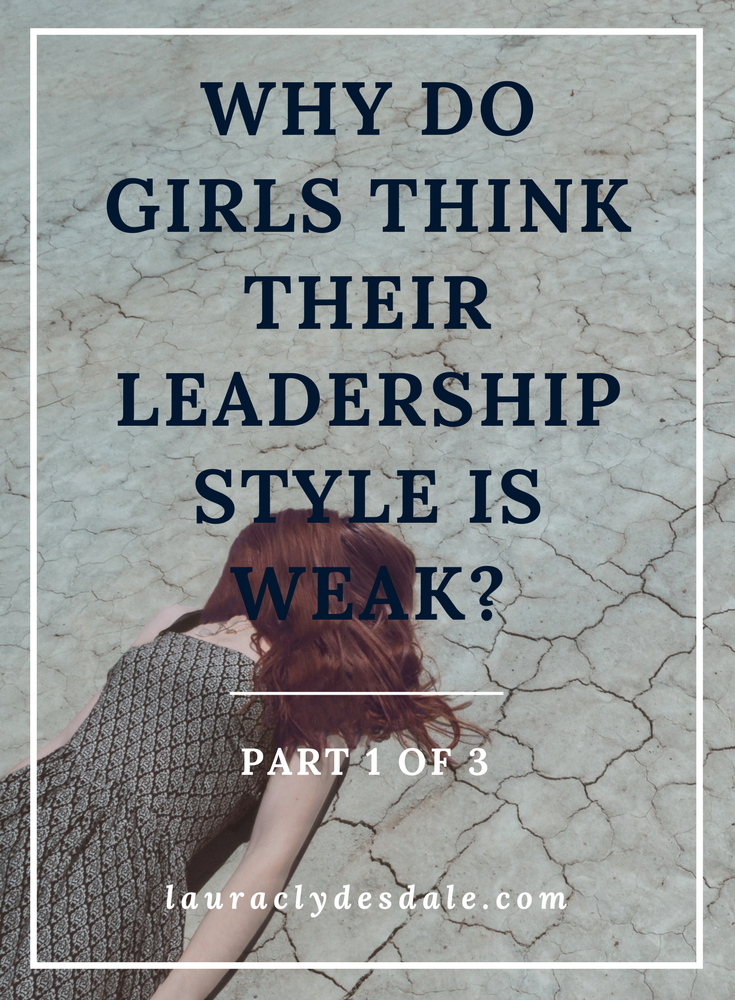Photo Credits: Center for Creative Leadership
“Can’t they all be leaders?” one participant asks?
25 very skeptical faces look up at me while I collect the papers.
I truly thought this was going to be the conclusion of the workshop, not the introduction. I’ve obviously underestimated them. I realize, suddenly, that this is going to be one of the more challenging workshops I’ve run. I’m impressed with the critical thinking skills of my audience, although simultaneously disappointed that my big a-ha moment was spoiled.
You see, I’ve never led a leadership workshop for 11-year-olds before.
Wait. Back up. Why am I running a workshop for 11-year-olds? I wanted to test a hypothesis and, luckily, my daughter’s teacher was eager to test it as well.
Me: “Did you know that studies say that girls don’t even want to be leaders?”
Teacher: “Really?, That’s awful.”
Me: “I wonder if we need to do a better job explaining what being a leader really looks like. I mean…all the textbooks show these incredibly brave and courageous leaders. I wonder if they are afraid?”
Teacher: “When you put it that way, it is rather intimidating if they think they have to suddenly sprout out of Zeus’ head and lead armies, countries and movements all on their own.”
Me: “I wonder why boys don’t feel the same way. Do you think we could change their minds if we explain the truth to them?”
Teacher: “How about next week?”
Fast forward to today. It may be a small sample size, but these kids were about to blow me away.
I had passed out a sheet of paper with three images on it and had asked them to choose which, of the three, they thought best represented a leader to them. I was replicating a study conducted by the Center for Creative Leadership. There was a picture of a Handshake, a Conductor, and a Warrior on horseback. (The exact images from the study are at the top of this post.)
After they had selected their picture, I added a twist to the original study to test my hypothesis. I asked the children, “Do you see yourself as this kind of leader? If not, which picture best represents the way you might see yourself as a leader instead?”
The boy had asked his question as the completed papers were being passed to the front.
25 children were now waiting for me to answer.
“You’re right! They are all leaders. Thousands of adults were asked the same question, in the same way, I asked you. And guess what?”
-One-third of the adults chose the Handshake
-One-third of the adults chose the Conductor
-One-third of the adults chose the Warrior
“They are all viewed equally as leaders, even though they each have different styles,” I said.
Several months ago I tested my own daughter, and she had immediately chosen the Warrior even though she didn’t identify with that leadership style. She preferred the Handshake, but for some reason, initially, she didn’t feel the Handshake was “ideal.”
She thought the Handshake was "weak."
I needed to know if my daughter was an outlier or if other girls felt the same way. Was there a disconnect between their vision of an “ideal” leader and themselves?
Here are the classroom results:
In your opinion which picture best represents a leader?
60% of girls chose the Warrior. (24% chose the Handshake, 16% chose the Conductor)
64% of boys chose the Handshake. (20% chose the Warrior, 16% chose the Conductor)
Do you see yourself as this kind of leader? If not, which picture best represents the way you might see yourself as a leader instead?
84% of girls now chose the Handshake. Not a single Warrior was left.
Boys were split with 48% staying with the Handshake and now 44% of boys choosing the Warrior. Overall, there was fewer movement. Most of the original Warriors stayed put meaning the Handshakes did the switching.
Interestingly, few identified with the Conductor. One child wrote in the margin, “He just bosses people around.”
These results clearly show that at least for this small classroom of children, A) more boys than girls recognized their personal style as leaderly and B) gender seemed to influence which “ideal” leader the child chose.
Intriguingly, once I hinted there wasn’t a “right” answer, and they were allowed to switch to a style they felt more comfortable with, they fell right into the same patterns as the adults in the CCL study. Like the girls in this classroom, very few adult women in the original study chose the Warrior unless they held an executive position.
This means that adult women don’t have a problem identifying with different leadership styles like Handshakes and Conductors, but young girls do. Is it because, like my daughter, girls see these as weak?
So I wonder:
1. How long does it take girls to recognize their personal style as leaderly?
2. Why does it tend to take longer for girls to come to this understanding than boys?
3. Might women lose out on valuable practice and comfort with leadership due to this lag?
4. Could this explain some of the leadership gap we see later in life?
My daughter was definitely not an outlier.
For the second part of my workshop, I was determined to speed up this realization process and help these kids see there was a place for all of them at the leadership table if they chose to pull up a chair.
-Laura






